By now, it’s well known how crucial connectivity is for mobile devices. Without a strong Wi-Fi connection or mobile data, even the most expensive flagship smartphone has crippled functionality. These devices are only as good as their weak link, and most of the time, wireless connectivity happens to be the weak link. The use of Wi-Fi, 4G LTE, and the nascent 5G ecosystem has only reflected the modern reality where Internet connectivity is a must, where people are working from home more than ever (admittedly, that is because of a pandemic and not because of improved connectivity), where mission-critical work is done from a smartphone. As such, it’s imperative that connectivity systems continue to improve. The advent of 5G hasn’t meant that 4G modems have stopped improving, for example. Wi-Fi is just as vital when we consider the expensive nature of mobile data. The march forward in standards has led us from Wi-Fi 4 to Wi-Fi 5 (802.11ac) to Wi-Fi 6 (802.11ax). Few people have Wi-Fi 6 routers yet, so its speed benefits are only just starting to be realized. However, Wi-Fi 6 has already been extended by 1200MHz of spectrum in the 6GHz band, which is known as Wi-Fi 6E, which is a much more major announcement. As Wi-Fi 6E has now been formally approved, Qualcomm has announced two new mobile connectivity solutions in the form of the FastConnect 6900 and FastConnect 6700.
 The background is that in February, the Wi-Fi Alliance announced the Wi-Fi 6E extension to the Wi-Fi 6 standard. In April, the U.S. FCC allocated almost 1200MHz of unlicensed spectrum in the 6GHz band for Wi-Fi 6, thus formally paving the way for Wi-Fi 6e. The key thing with Wi-Fi 6e is that it fixes Wi-Fi’s most significant issue: capacity. Previously, Wi-Fi could only operate in the 2.4GHz and 5GHz ranges, leading to congestion issues. 5GHz Wi-Fi was adopted because of severe congestion with 2.4GHz, but the proliferation of devices meant that even 5GHz started experiencing congestion, because there was a lack of spectrum. Up until now, Wi-Fi had approximately only 400MHz of spectrum. The extension of almost 1200MHz of spectrum in the 6GHz range meant that Wi-Fi’s spectrum has now been nearly tripled – no wonder, then, that tech companies are calling Wi-Fi 6E the next generation of Wi-Fi networks.
The background is that in February, the Wi-Fi Alliance announced the Wi-Fi 6E extension to the Wi-Fi 6 standard. In April, the U.S. FCC allocated almost 1200MHz of unlicensed spectrum in the 6GHz band for Wi-Fi 6, thus formally paving the way for Wi-Fi 6e. The key thing with Wi-Fi 6e is that it fixes Wi-Fi’s most significant issue: capacity. Previously, Wi-Fi could only operate in the 2.4GHz and 5GHz ranges, leading to congestion issues. 5GHz Wi-Fi was adopted because of severe congestion with 2.4GHz, but the proliferation of devices meant that even 5GHz started experiencing congestion, because there was a lack of spectrum. Up until now, Wi-Fi had approximately only 400MHz of spectrum. The extension of almost 1200MHz of spectrum in the 6GHz range meant that Wi-Fi’s spectrum has now been nearly tripled – no wonder, then, that tech companies are calling Wi-Fi 6E the next generation of Wi-Fi networks.
By the time of the FCC’s allocation of spectrum, Broadcom had already announced its first Wi-Fi 6E chip, the Broadcom BCM4389. Now, Qualcomm has entered the fray by announcing two next-generation FastConnect mobile connectivity systems. The FastConnect 6900 and the FastConnect 6700 succeed the FastConnect 6800 and FastConnect 6200 respectively. These mobile connectivity systems are sold alongside Qualcomm’s Snapdragon mobile SoCs. The Snapdragon 865, for example, comes with the FastConnect 6800, while the Snapdragon 765 comes with the FastConnect 6200. Therefore, it’s likely that the successors of these two SoCs will come with Qualcomm’s newly announced mobile connectivity solutions for Wi-Fi and Bluetooth in 2021.
 Qualcomm says the new FastConnect connectivity systems represent the most advanced Wi-Fi 6e offerings of their kind, building upon Qualcomm’s Wi-Fi 6 and Bluetooth audio technology features. They feature the fastest available Wi-Fi speeds in the industry (up to 3.6Gbps) on a mobile Wi-Fi offering, VR-class low latency, and Bluetooth advancements that deliver better audio experiences for classic and emerging LE Audio use cases.
Qualcomm says the new FastConnect connectivity systems represent the most advanced Wi-Fi 6e offerings of their kind, building upon Qualcomm’s Wi-Fi 6 and Bluetooth audio technology features. They feature the fastest available Wi-Fi speeds in the industry (up to 3.6Gbps) on a mobile Wi-Fi offering, VR-class low latency, and Bluetooth advancements that deliver better audio experiences for classic and emerging LE Audio use cases.
The new FastConnect 6900 and FastConnect 6700 extend Wi-Fi 6 into the 6GHz band. The FastConnect 6900 offers the fastest available Wi-Fi 6 speed at up to 3.6Gbps of any mobile Wi-Fi offering in the industry, according to Qualcomm. The FastConnect 6700, on the other hand, delivers peak speeds approaching 3Gbps.
 These high speeds are driven by features such as Qualcomm 4K QAM at 2.4GHz, 5GHz, and 6GHz. Qualcomm claims this is an industry first implementation of this advanced modulation technique, and it can extend the maximum QAM rate (quadrature amplitude modulation) from 1K to 4K for enhanced gaming and 4K video streaming. 160MHz channels support in both 5GHz and 6GHz bands drastically expand throughput while simultaneously reducing congestion. In addition, the FastConnect 6900 delivers extra performance through a unique feature implementation of 4-stream Dual Band Simultaneous (DBS) with multi-band (including 6GHz). In English, this means the FastConnect 6900 can use 2.4GHz, 5GHz and 6GHz bands for Wi-Fi at the same time.
These high speeds are driven by features such as Qualcomm 4K QAM at 2.4GHz, 5GHz, and 6GHz. Qualcomm claims this is an industry first implementation of this advanced modulation technique, and it can extend the maximum QAM rate (quadrature amplitude modulation) from 1K to 4K for enhanced gaming and 4K video streaming. 160MHz channels support in both 5GHz and 6GHz bands drastically expand throughput while simultaneously reducing congestion. In addition, the FastConnect 6900 delivers extra performance through a unique feature implementation of 4-stream Dual Band Simultaneous (DBS) with multi-band (including 6GHz). In English, this means the FastConnect 6900 can use 2.4GHz, 5GHz and 6GHz bands for Wi-Fi at the same time.
Qualcomm notes that 6GHz dramatically expands Wi-Fi capacity by adding up to 1200Mhz of additional spectrum, which more than doubles the number of pathways currently available for sending and receiving data. The dual band 160MHz supports up to seven additional non-overlapping channels in the 6GHz band, in addition to 160MHz channels available in the 5GHz band. The FastConnect systems deploy high-performance Uplink / Downlink MU-MIMO and OFDMA mobile technologies across all available bands. The new Wi-Fi 6 Uplink MU-MIMO capability can increase network capacity by more than 2.5x.
Qualcomm is also making proud claims about latency. The FastConnect systems’ feature implementation is said to deliver latency reduction up to 8x in congested environments for improved gaming experiences. Wireless VR-class latency (<3ms) for Head Mounted Displays (HMD) is offered, and Qualcomm hopes that it provides a strong foundation for XR applications.
Qualcomm then moves on to power efficiency. These systems provide power savings due to less channel congestion and improved scheduling. The 14nm process node, when combined with “advanced power management architecture”, provides up to 50% improvement in power efficiency when compared to previous generation solutions, Qualcomm claims.
 Finally, the other part of the equation is Bluetooth. The FastConnect 6900 and the FastConnect 6700 will bring Bluetooth 5.2 to Android phones next year. They integrate Bluetooth 5.2 with the latest audio advancements. Qualcomm says that its Bluetooth 5.2 implementation includes a second Bluetooth antenna with intelligent switching capabilities that overcome common signal shadowing issues for “unparalleled” Bluetooth reliability and range. These solutions are also engineered to be ready to address emerging LE Audio experiences such as multi-point audio sharing and broadcast audio, enabling multiple audio connections simultaneously.
Finally, the other part of the equation is Bluetooth. The FastConnect 6900 and the FastConnect 6700 will bring Bluetooth 5.2 to Android phones next year. They integrate Bluetooth 5.2 with the latest audio advancements. Qualcomm says that its Bluetooth 5.2 implementation includes a second Bluetooth antenna with intelligent switching capabilities that overcome common signal shadowing issues for “unparalleled” Bluetooth reliability and range. These solutions are also engineered to be ready to address emerging LE Audio experiences such as multi-point audio sharing and broadcast audio, enabling multiple audio connections simultaneously.
 Qualcomm notes that its aptX Adaptive supports wire-equivalent audio up to 96kHz, while aptX Voice provides “super-wideband quality calls”. When paired with the premium features of Qualcomm QCC5141, QCC5144, QCC3046 and QCC3040 Audio SoCs, Qualcomm says users will get “robust, premium audio quality with low power consumption”. Finally, the transmit power and coexistence algorithms deliver “materially improved” range and “link robustness”.
Qualcomm notes that its aptX Adaptive supports wire-equivalent audio up to 96kHz, while aptX Voice provides “super-wideband quality calls”. When paired with the premium features of Qualcomm QCC5141, QCC5144, QCC3046 and QCC3040 Audio SoCs, Qualcomm says users will get “robust, premium audio quality with low power consumption”. Finally, the transmit power and coexistence algorithms deliver “materially improved” range and “link robustness”.
The FastConnect 6900 and the FastConnect 6700 mobile connectivity systems are sampling now and will ship in production during the second half of 2020. Smartphones that are powered by these solutions will probably launch in early 2021.
The post Qualcomm FastConnect 6900 and 6700 will bring Wi-Fi 6E and Bluetooth 5.2 to high-end Android devices appeared first on xda-developers.
from xda-developers https://ift.tt/3exbEx7
via
IFTTT


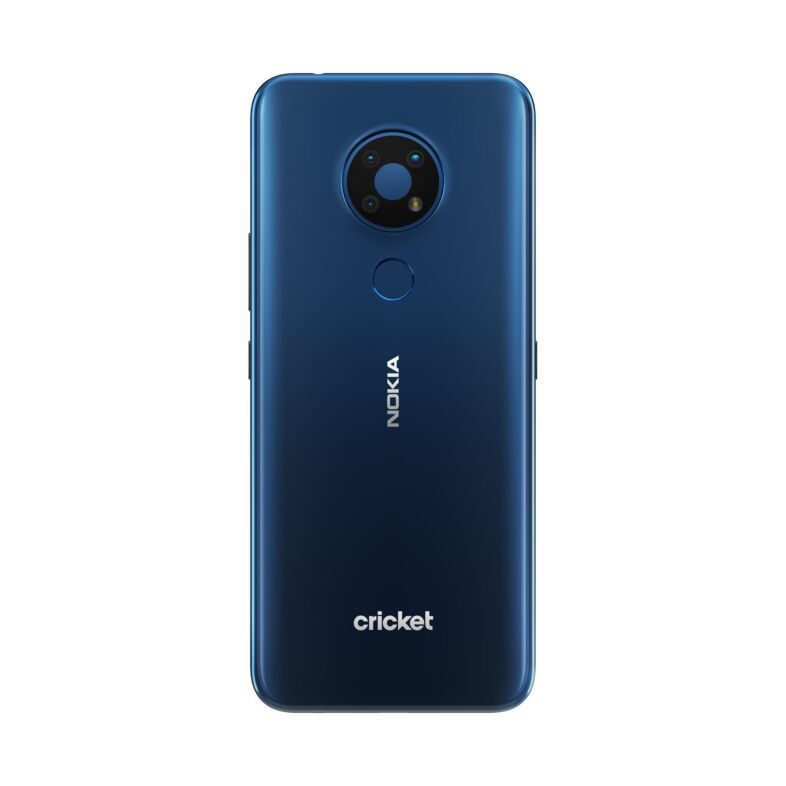
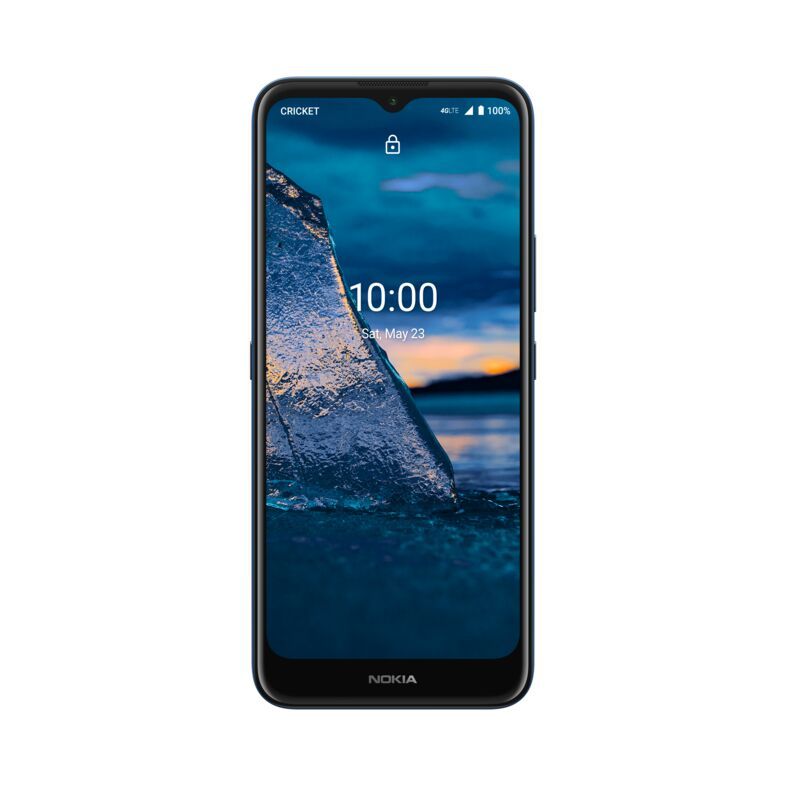
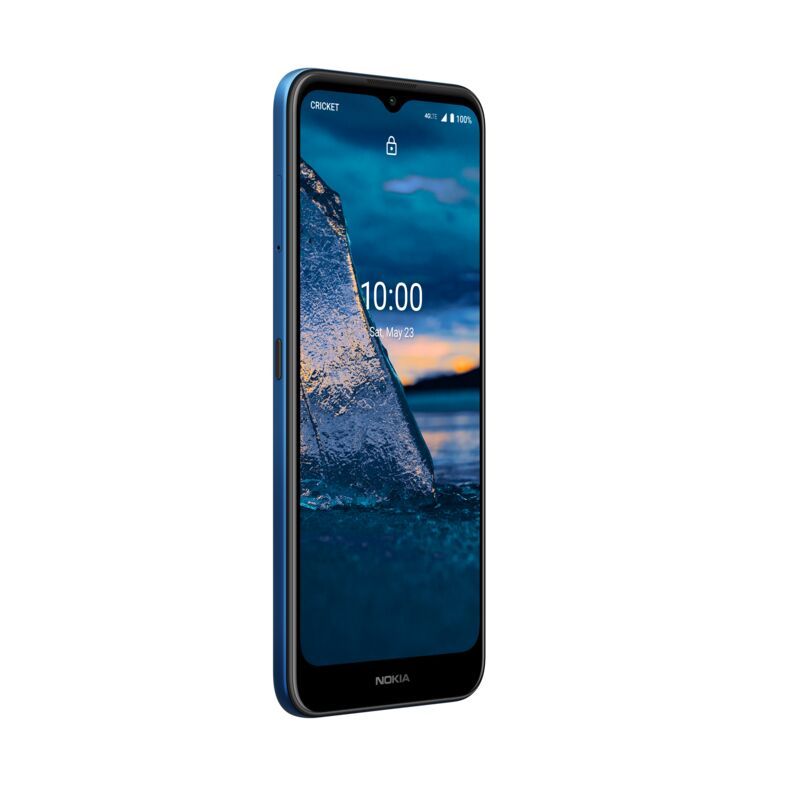
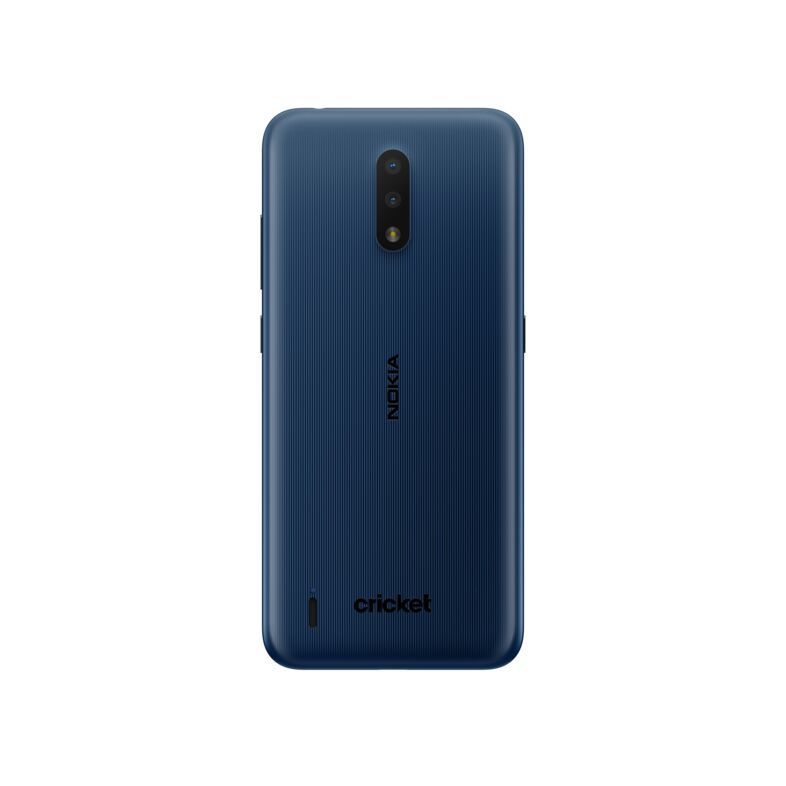
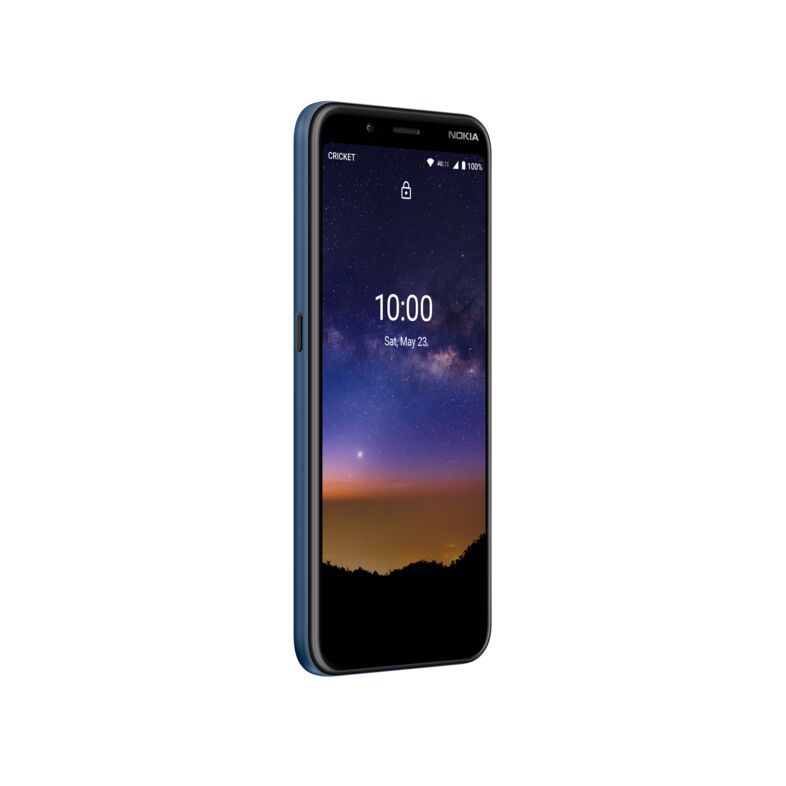

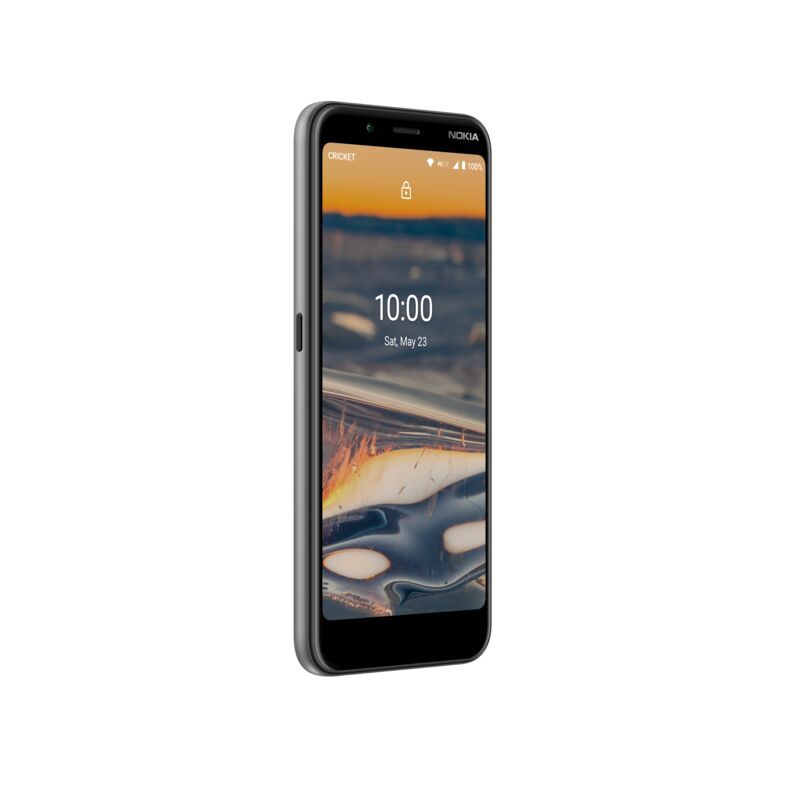

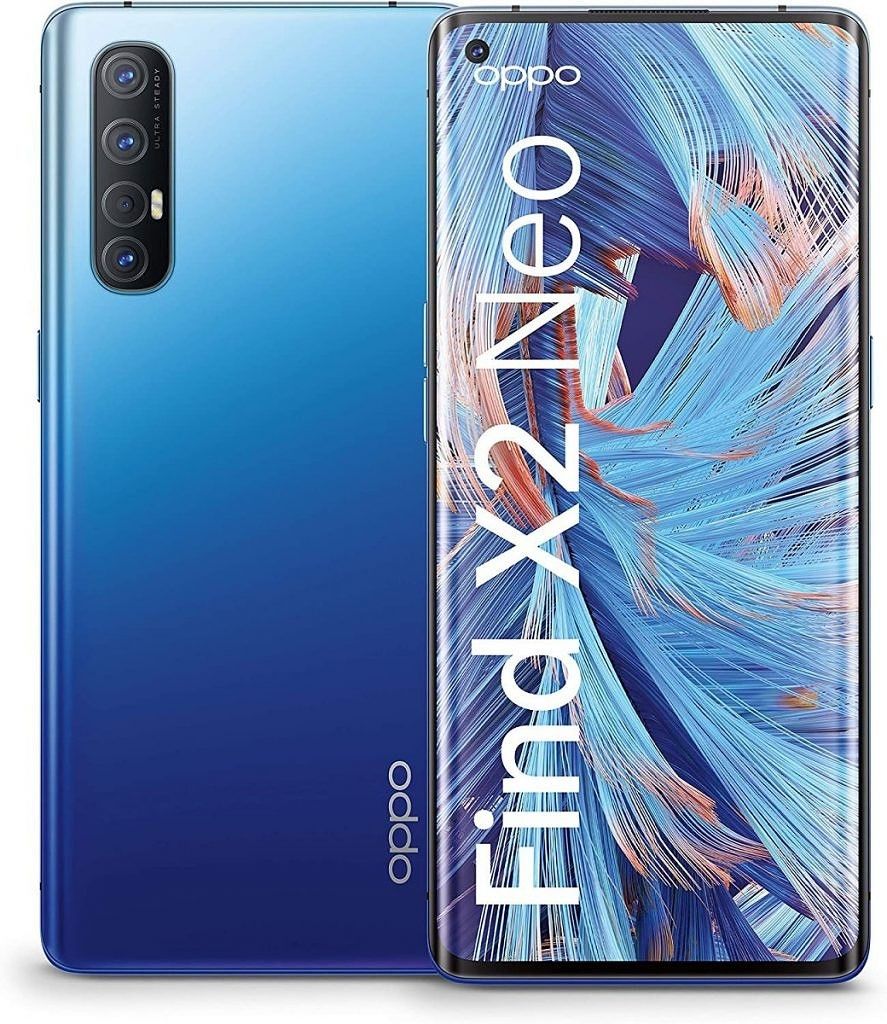
 The background is that in February, the Wi-Fi Alliance announced the Wi-Fi 6E extension to the Wi-Fi 6 standard. In April, the U.S. FCC allocated almost 1200MHz of unlicensed spectrum in the 6GHz band for Wi-Fi 6, thus
The background is that in February, the Wi-Fi Alliance announced the Wi-Fi 6E extension to the Wi-Fi 6 standard. In April, the U.S. FCC allocated almost 1200MHz of unlicensed spectrum in the 6GHz band for Wi-Fi 6, thus  Qualcomm says the new FastConnect connectivity systems represent the most advanced Wi-Fi 6e offerings of their kind, building upon Qualcomm’s Wi-Fi 6 and Bluetooth audio technology features. They feature the fastest available Wi-Fi speeds in the industry (up to 3.6Gbps) on a mobile Wi-Fi offering, VR-class low latency, and Bluetooth advancements that deliver better audio experiences for classic and emerging LE Audio use cases.
Qualcomm says the new FastConnect connectivity systems represent the most advanced Wi-Fi 6e offerings of their kind, building upon Qualcomm’s Wi-Fi 6 and Bluetooth audio technology features. They feature the fastest available Wi-Fi speeds in the industry (up to 3.6Gbps) on a mobile Wi-Fi offering, VR-class low latency, and Bluetooth advancements that deliver better audio experiences for classic and emerging LE Audio use cases. These high speeds are driven by features such as Qualcomm 4K QAM at 2.4GHz, 5GHz, and 6GHz. Qualcomm claims this is an industry first implementation of this advanced modulation technique, and it can extend the maximum QAM rate (quadrature amplitude modulation) from 1K to 4K for enhanced gaming and 4K video streaming. 160MHz channels support in both 5GHz and 6GHz bands drastically expand throughput while simultaneously reducing congestion. In addition, the FastConnect 6900 delivers extra performance through a unique feature implementation of 4-stream Dual Band Simultaneous (DBS) with multi-band (including 6GHz). In English, this means the FastConnect 6900 can use 2.4GHz, 5GHz and 6GHz bands for Wi-Fi at the same time.
These high speeds are driven by features such as Qualcomm 4K QAM at 2.4GHz, 5GHz, and 6GHz. Qualcomm claims this is an industry first implementation of this advanced modulation technique, and it can extend the maximum QAM rate (quadrature amplitude modulation) from 1K to 4K for enhanced gaming and 4K video streaming. 160MHz channels support in both 5GHz and 6GHz bands drastically expand throughput while simultaneously reducing congestion. In addition, the FastConnect 6900 delivers extra performance through a unique feature implementation of 4-stream Dual Band Simultaneous (DBS) with multi-band (including 6GHz). In English, this means the FastConnect 6900 can use 2.4GHz, 5GHz and 6GHz bands for Wi-Fi at the same time. Finally, the other part of the equation is Bluetooth. The FastConnect 6900 and the FastConnect 6700 will bring Bluetooth 5.2 to Android phones next year. They integrate Bluetooth 5.2 with the latest audio advancements. Qualcomm says that its Bluetooth 5.2 implementation includes a second Bluetooth antenna with intelligent switching capabilities that overcome common signal shadowing issues for “unparalleled” Bluetooth reliability and range. These solutions are also engineered to be ready to address emerging LE Audio experiences such as multi-point audio sharing and broadcast audio, enabling multiple audio connections simultaneously.
Finally, the other part of the equation is Bluetooth. The FastConnect 6900 and the FastConnect 6700 will bring Bluetooth 5.2 to Android phones next year. They integrate Bluetooth 5.2 with the latest audio advancements. Qualcomm says that its Bluetooth 5.2 implementation includes a second Bluetooth antenna with intelligent switching capabilities that overcome common signal shadowing issues for “unparalleled” Bluetooth reliability and range. These solutions are also engineered to be ready to address emerging LE Audio experiences such as multi-point audio sharing and broadcast audio, enabling multiple audio connections simultaneously. Qualcomm notes that its aptX Adaptive supports wire-equivalent audio up to 96kHz, while aptX Voice provides “super-wideband quality calls”. When paired with the premium features of Qualcomm QCC5141, QCC5144, QCC3046 and QCC3040 Audio SoCs, Qualcomm says users will get “robust, premium audio quality with low power consumption”. Finally, the transmit power and coexistence algorithms deliver “materially improved” range and “link robustness”.
Qualcomm notes that its aptX Adaptive supports wire-equivalent audio up to 96kHz, while aptX Voice provides “super-wideband quality calls”. When paired with the premium features of Qualcomm QCC5141, QCC5144, QCC3046 and QCC3040 Audio SoCs, Qualcomm says users will get “robust, premium audio quality with low power consumption”. Finally, the transmit power and coexistence algorithms deliver “materially improved” range and “link robustness”.